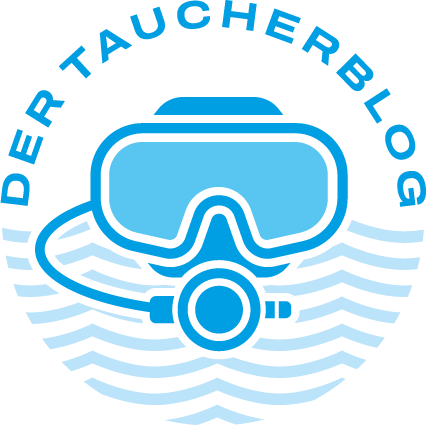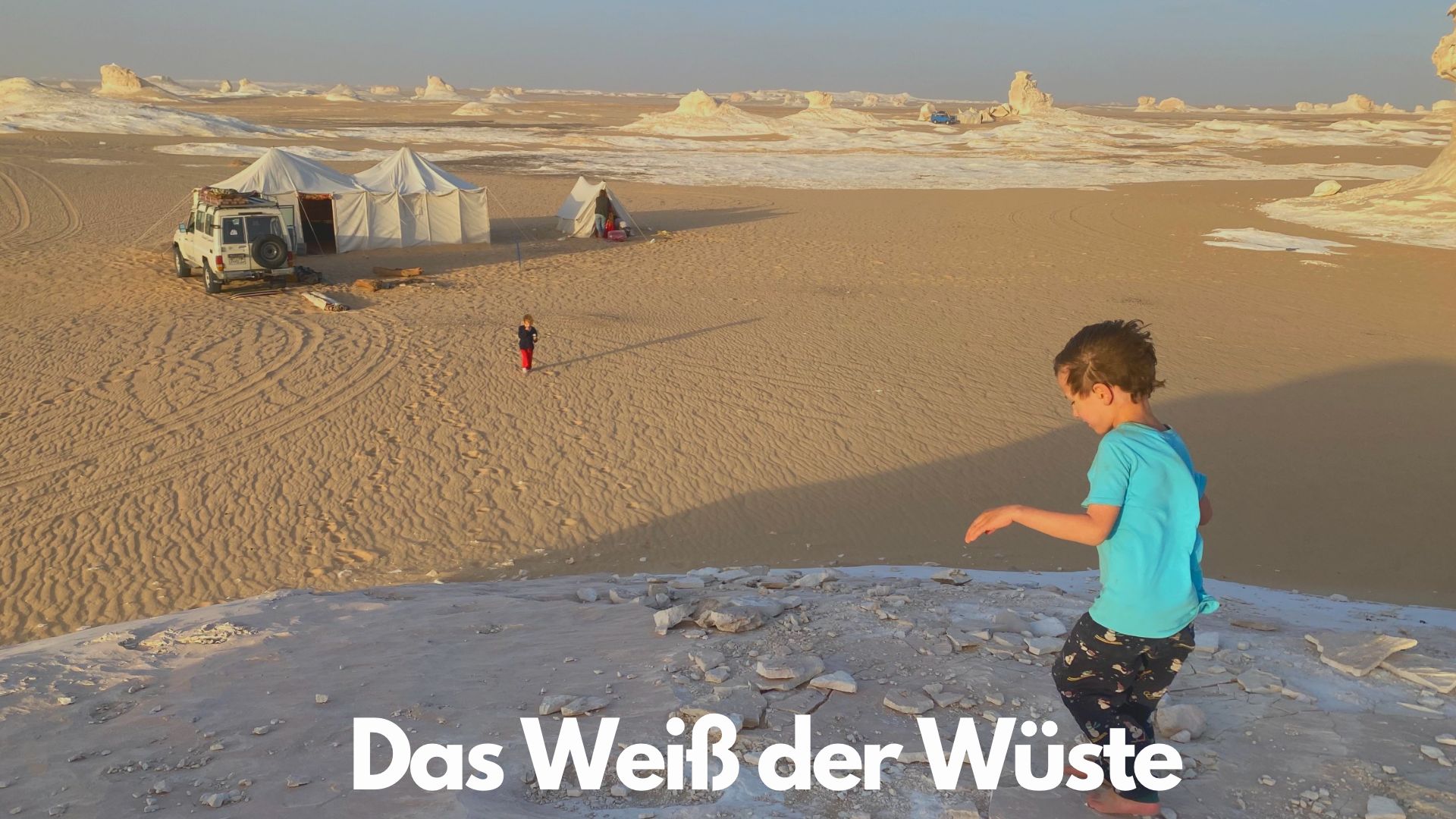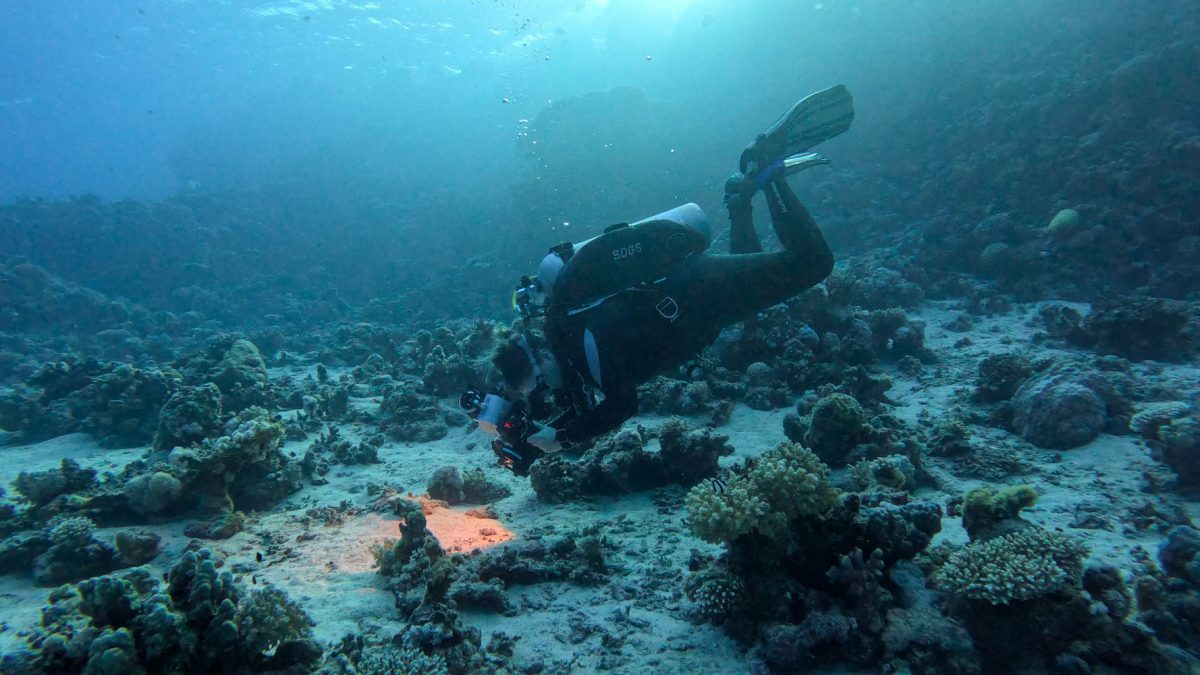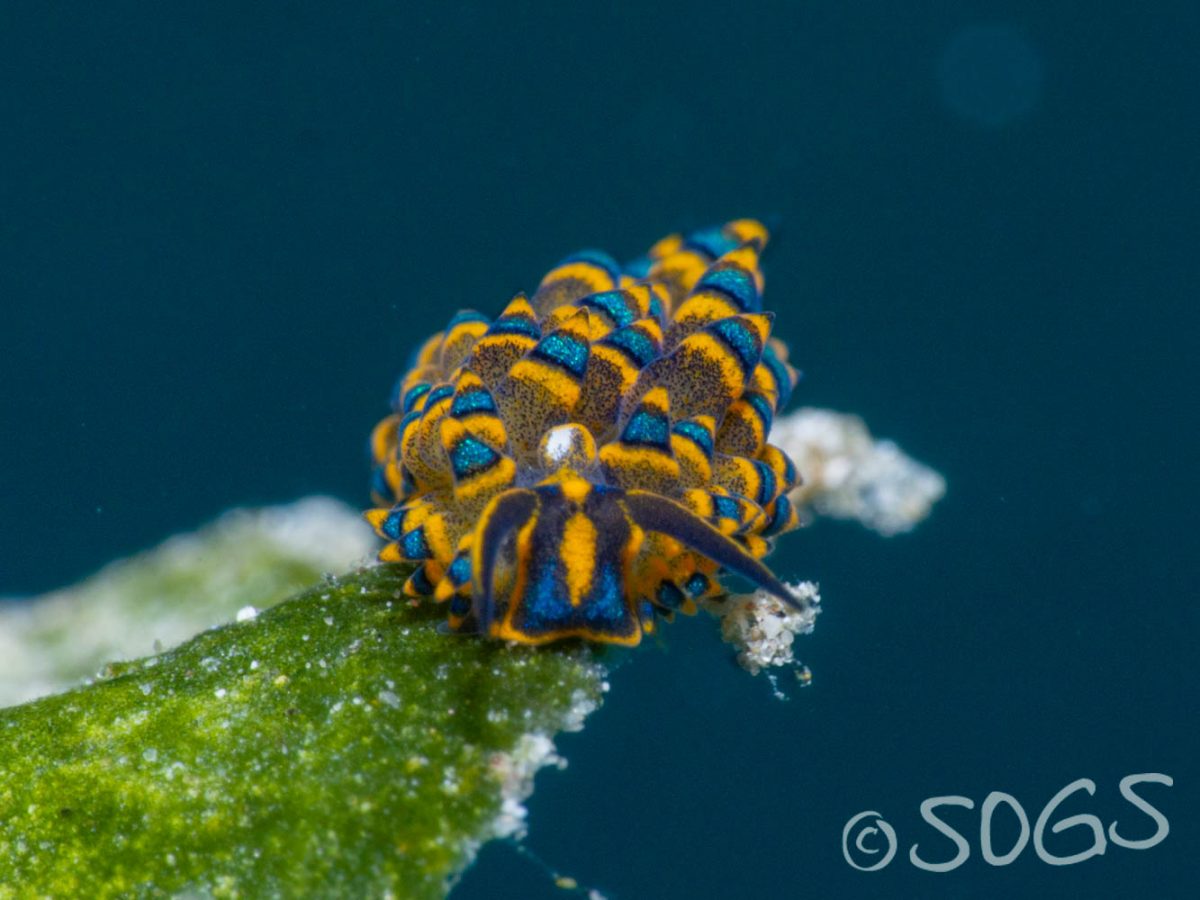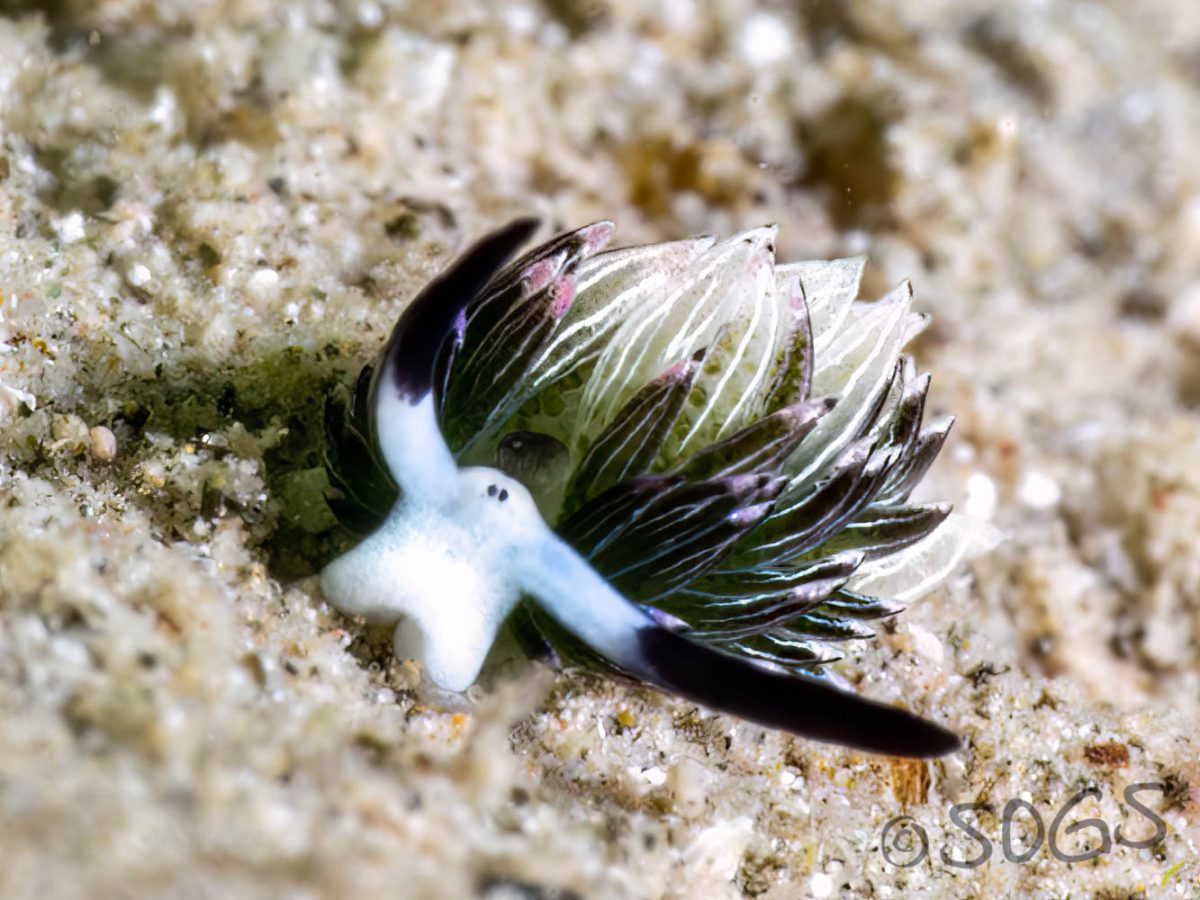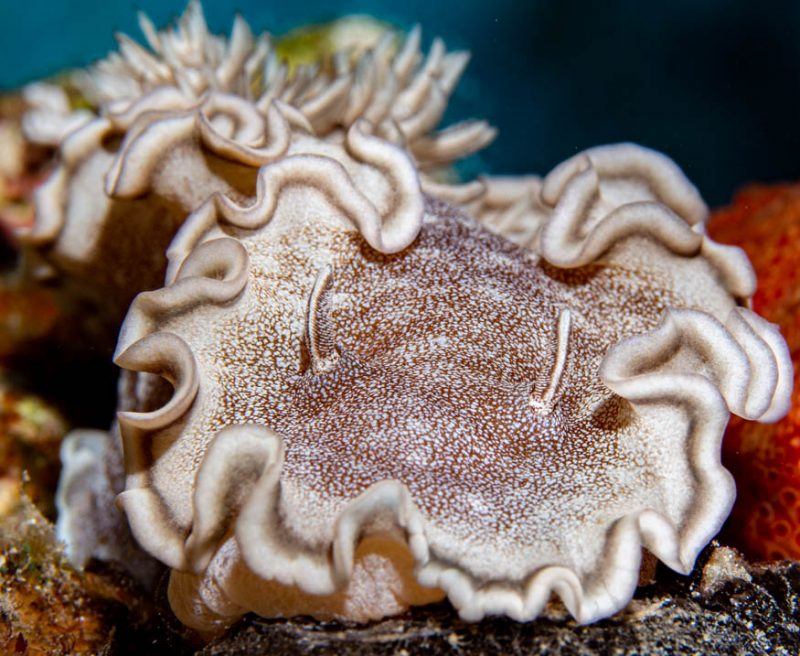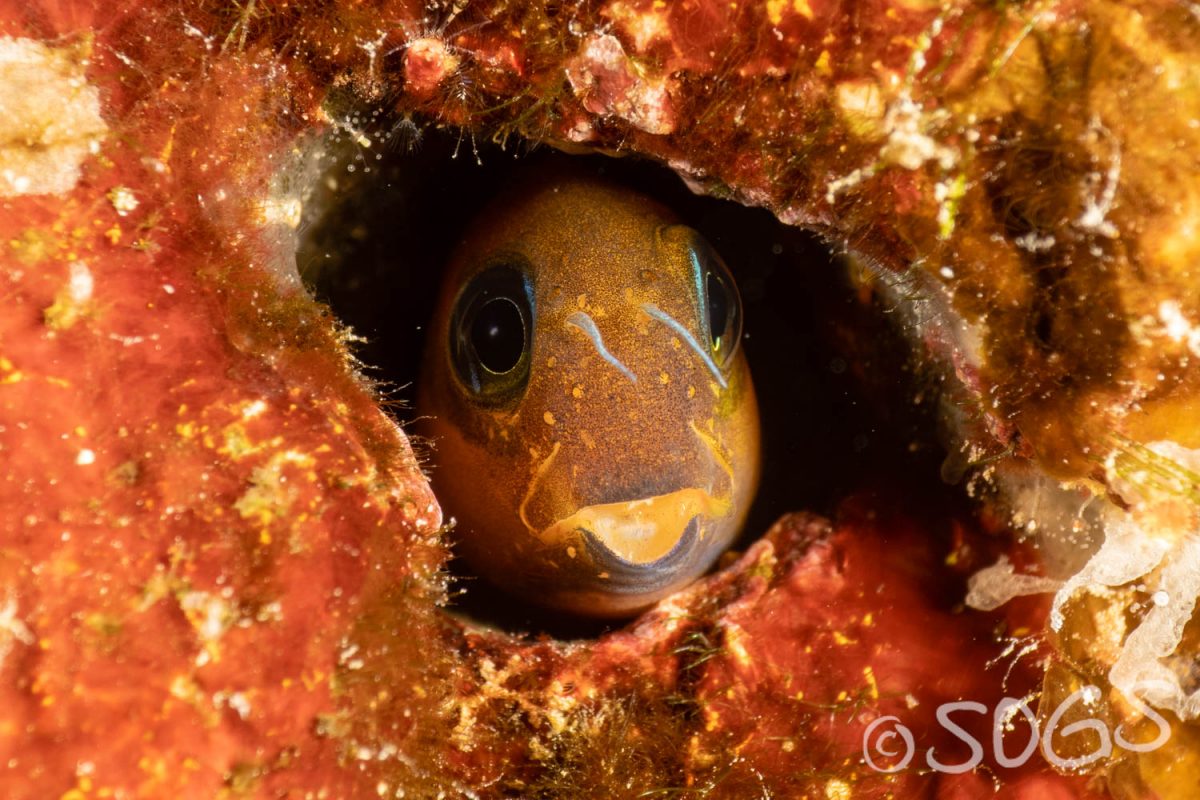
Sarah O’Gorman is a marketing manager for Red Sea Diving Safari and a passionate underwater photographer. Here she shares her dos and dont’s for how to improve amateur macro photography.
Macro and I: a love story.
Anyone who knows me knows that I have an absolute obsession for all things macro and have done for the last few years. Mainly it’s nudibranches and flatworms that I search for. Show me a baby frogfish and I’ll be your best friend forever, but I’m equally happy with shrimps, crabs and pipefish.
I’m not a natural born photographer but I really get a kick out of the challenge of underwater photography. I’ve always admired divers who can go on one or two diving holidays a year and get stunning underwater photos while being herded around in large groups underwater. It’s really not easy to achieve, so here are some of the tips I’ve picked up along the way to improve amateur macro photography.
Find yourself the right buddy
Don’t let anybody hurry you and find a like minded buddy. I love to dive with other macro spotters who are happy to bimble around while I’m taking some photos, looking for more interesting critters.
Of course there’s other people I love to dive with, but the dives are different. The main thing is, find someone you are comfortable and safe with, then you will relax and take better photos.
Get yourself and your equipment sorted first
Most of the time when I’m taking photos of macro subjects I will be stationary for a while. Let’s get things clear: it’s not ok to touch anything around you, that means no settling on the bottom (no matter if it’s sand, seagrass or coral reef), no kicking the coral around, no grabbing onto corals. We all make mistakes now and then, but that should be the minority.
I have a rule that I use for myself: if I’m taking a photo and I find that I touch something accidentally, I force myself to move on and leave the subject. As in that moment there is obviously something about the immediate environment or my equipment setup which means I shouldn’t be taking photos in that moment. Perfect your diving technique, get equipment you’re comfortable, steady, safe and confident with before you pick up a camera. Invest money in the life-saving equipment before the camera equipment. Let’s face it, stirring up the sand and killing off all the marine landscape around you isn’t going to help your photos much anyway.
Don’t touch or meddle
Yes, we all want that great shot but don’t get it at the expense of the marine life. It’s not cool. Most likely you will get caught out anyway when you nudge your nudibranch onto a bit of coral that it doesn’t normally live on and you post your beautiful photo on social media.
You might be branded a fake by someone more experienced than you who knows full-well that it doesn’t live on that coral. Leave the critters in their natural environment. If they aren’t in a decent position then do the best you can, get an ID shot and move on.
Learn where critters live
I am extremely fortunate in my work to spend time with some really amazing photographers, marine biologists and divers. One marine biologist recently spent time showing me how to find the costasiella (shaun the sheep) nudibranch which I had only seen by chance many years ago.
Now I realise they are everywhere. Yet everyone who sees one of my photos of them says ‘oh I thought they were only in Asia’. If you’re not lucky enough to dive with people who have specific knowledge, look closely at other peoples’ photos and see what kinds of coral or habitat the critters are in. Of course you can also find the information online and in Fish ID guides too.
Attend a workshop
Workshops are a not just about sitting in the classroom learning from a professional, it’s a chance to spend an extended amount of time with a group of people with the exact same interest as you. You will learn as much from your fellow participants as well as the workshop leader. The pro will likely know the location well, meaning you get the most out of your visit there as well as getting proper technical feedback and guidance on your technique underwater and your photos.
Know the limitations of your equipment
Pick your battles! This goes for most underwater photography but it’s worth remembering for macro too. For example, without good lighting you will have trouble focussing on small critters at depth. Some critters will simply be too small for your camera to capture without adding diopters or other specialist lenses. If you’re using a GoPro then you’ll need lights and a macro lens to get the camera to focus on even reasonable-sized subjects within 12 inches of the lens, so it’s probably best to move on.
Take your time
You will need understanding and patient buddies who don’t mind hanging around (or even better, looking for other critters) while you’re taking macro shots. Whilst some nudis don’t move at all, it can be worth waiting a few minutes to see what they do .
They often twist and turn into a better position or in front of a better background which can make a huge difference to the end result. Really small critters (hairy shrimps for example) will need persistence to get them in focus, especially if they are jumping around all over the place.
Think about the background and composition
I’m not naturally artistic, so if you are the same then make a note to think actively about your photo composition while you’re taking your photos. Do you want the classic black background, or does the slightly over-exposed pastel look take your fancy? Do you want to show the whole nudi and all the colours on it? Or just the rhinophores super close-up?
Try to think about it all when taking the photo so you don’t regret it later. If you’re an instagram poster then think about your other photos and how this photograph will fit in beside them.
Be inspired by others
Let’s face it, there are many amazing underwater photographers out there – some are well-known pros and others are hobbyists. However, they are all artists in their own right and you can take inspiration from any of them. You can learn what you like and what you don’t like by looking at their work. You can develop your own techniques by questioning how they got particular shots. Of course, we’re talking about being inspired here, not copying, at least if you want to make your own mark.
Have fun!
For me, macro photography is about capturing some of the amazing things I see that it seems a lot of others don’t. I love the challenge of getting a shot in focus of something which someone else hasn’t seen on our house reef before. I also love being the ‘designated’ photographer in the group while everyone else is spotting. There’s a sense of satisfaction and teamwork when they spot something and I manage to capture the record of it. It’s a different type of diving, but the most important thing is to have fun, not get frustrated and enjoy the challenge!
Copyright: Text and Fotos Sarah O’Gorman
About the Author: Bettina Winert
Schlagworte
Teilen auf
Weitere Blogbeiträge
Molukken, Reisen, Südostasien, Tauchsafari /
14. Juni 2011
Ich war endlich dort, wo mich einige Menschen schon längst hin wünschten: Dort, wo der Pfeffer wächst. Dank Skipper Rudi Ring sind die Molukken fest in bayrischer Hand. Mir san mir – […]
Schreibe einene Kommentar
Deine E-Mail-Adresse wird nicht veröffentlicht.
Erforderliche Felder sind mit * markiert.
Tags
Kategorien
- Afrika (26)
- Ägypten (34)
- Albanien (5)
- An Land (46)
- Costa Rica (2)
- Deutschland (5)
- Europa (63)
- Freitauchen (6)
- Ghana (1)
- Gozo (3)
- Hotel (7)
- Individualreise (19)
- Indonesien (6)
- Italien (7)
- Jordanien (3)
- Karibik (1)
- Kroatien (14)
- Langes Wochenende (15)
- Malaysia (2)
- Malediven (5)
- Malta (2)
- Mazedonien (1)
- Mexiko (1)
- Mikronesien (2)
- Molukken (1)
- Montenegro (1)
- Mosambik (3)
- Naher Osten (3)
- Oman (1)
- Österreich (27)
- Philippinen (1)
- Reisen (73)
- São Tomé und Príncipe (1)
- Saudi Arabien (1)
- Slowakei (1)
- Slowenien (7)
- Spanien (5)
- Südafrika (1)
- Südamerika (3)
- Sudan (5)
- Südostasien (10)
- Süßwasser (10)
- Tagestrip (6)
- Tauchen (148)
- Tauchsafari (28)
- Thailand (2)
- Ungarn (4)
- Wochenendtrip (10)
- Zypern (2)
